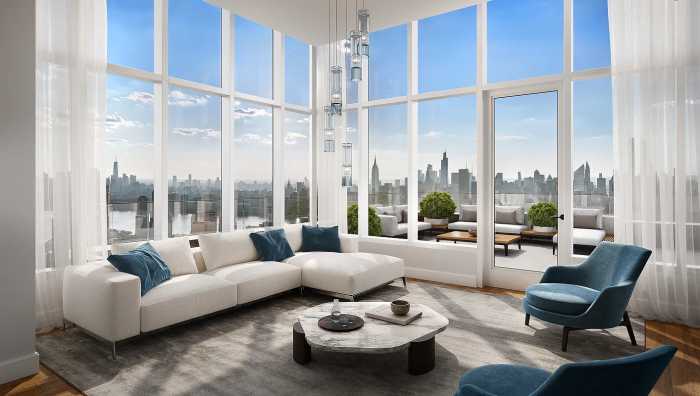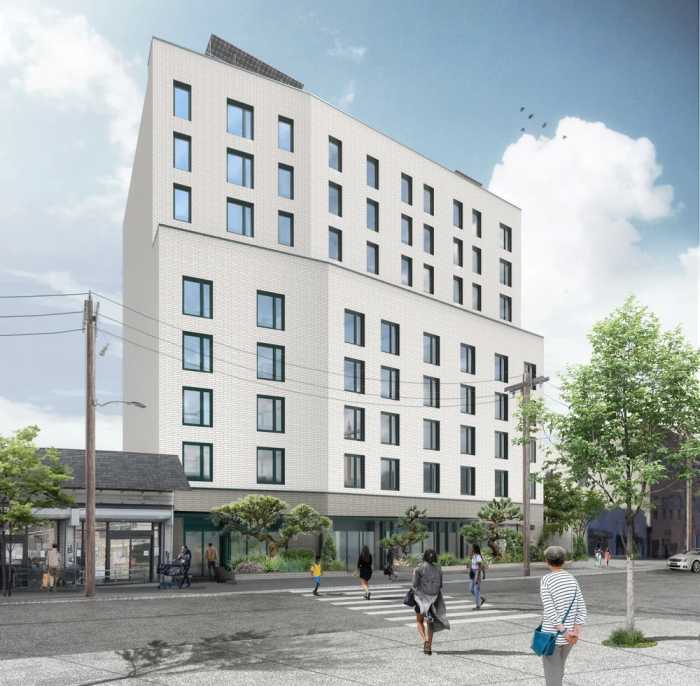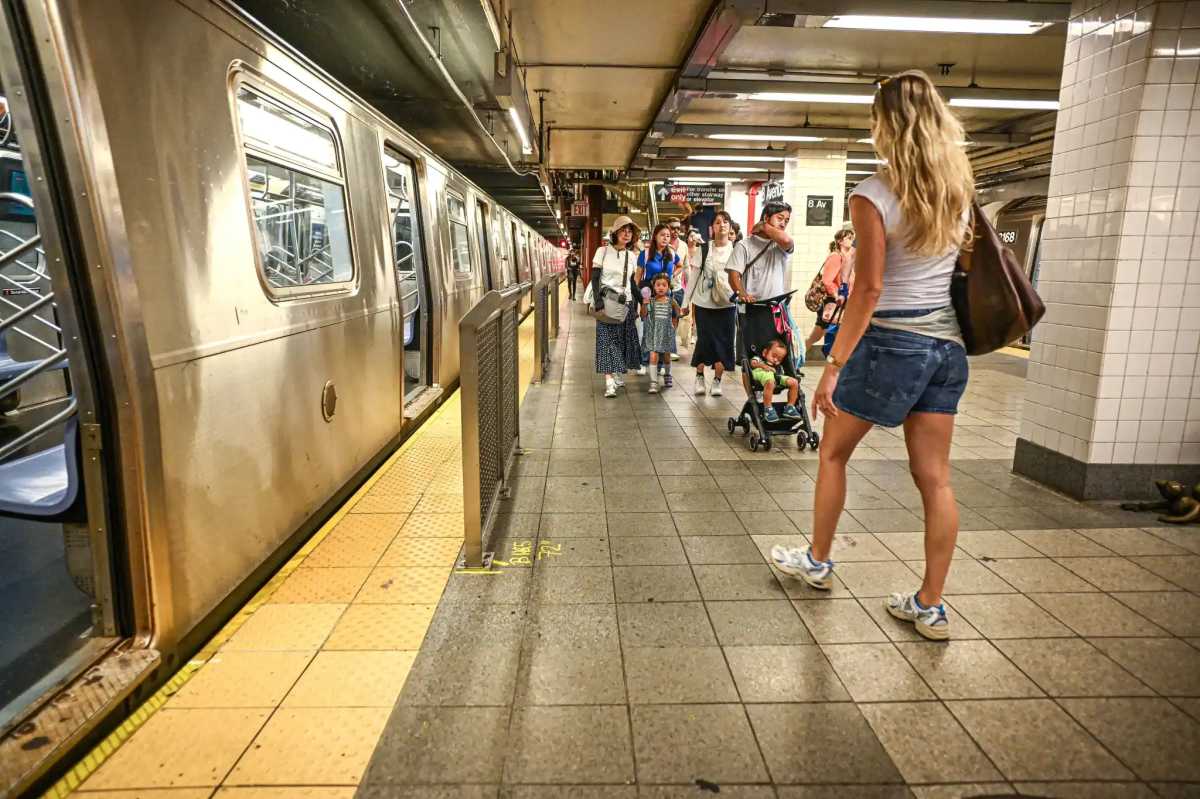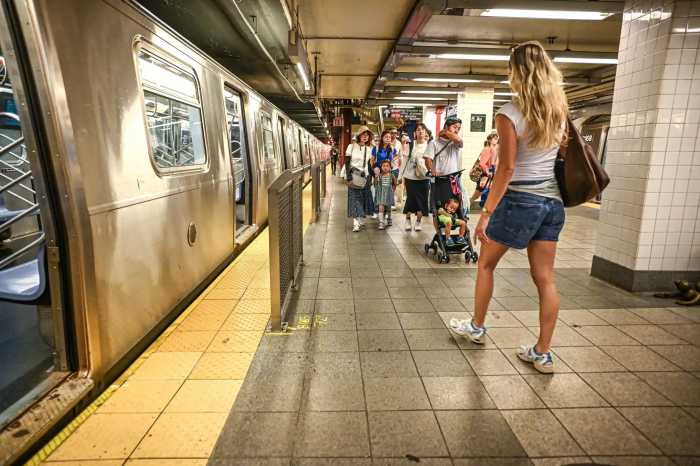By Madina Toure
Although the developers for a proposed mixed use housing development at the Queens Hospital Center’s 1930s-era T-Building have revised their proposal to address community concerns, Queens Community Board 8 says it needs more information.
At its monthly board meeting at the Hillcrest Jewish Center last week, board members expressed a variety of concerns about the proposal to build a mixed-use development in the T-Building, including what the residents would be doing during the day, the burden to taxpayers and the fact that the project would use nonunion workers.
Although no decision has been made at this point, the board unanimously passed a motion to write a letter stating that if they were to approve the proposal, it would only be if certain conditions were met, including giving CB 8 residents priority for apartments and pushing for unionized workers. The developer, Dunn Development Corp., and HHC gave the CB 8’s health committee an update at a meeting last month.
“We did not have any recommendations for the board,” CB 8 Chairman Alvin Warshaviak stressed to board members at the meeting. “This was nothing more than an informational discussion and at some point in time, we will make a resolution so the community board can vote on it. But at this point in time, we don’t have all the answers.”
City Councilman Rory Lancman (D-Fresh Meadows) said he was concerned about the community space being rented out at market rate and the use of nonunion workers.
“It seems to have improved over time, but whether or not it’s something I end up supporting, we’ll let it go through the process and try to get a place where the community will have an opportunity to weigh in,” Lancman said.
Laray Brown, senior vice president for corporate planning, community health and intergovernmental relations at the New York Health and Hospitals Corporation, said it is a few months away from having a schedule for when renovation would begin and the project would take about two years.
The partners still have to conduct engineering studies of the building as well as determine the budget and what and how the building will be renovated, Brown said.
“We’re still very much in the beginning stages here,” she said.
The developer and HHC want to create 205 units of housing. Of those 205 units, 75 would be allocated to Queens Hospital patients. The remaining 130 units would consist of 15 studios, 49 one-bedroom apartments, 58 two-bedroom apartments and eight three-bedroom apartments.
In the lower portion of the building, QHC will use 20,000 square feet of space as a non-patient care back office, while the other 8,000 square feet of space will be used as community space. Community space options include a day-care center, a senior center, a universal pre-K center, or a library.
Studio apartments for low-income residents with incomes ranging from $30,436 to $35,280 would have a monthly rent of $788. For moderate income residents with incomes between $42,764 and $58,800, monthly rent would be $1,127.
Three-bedroom apartments for low-income residents with incomes between $45,345 and $58,440 would have a monthly rent of $1,182. Moderate income residents who make anywhere from $63,600 to $97,400 would have a monthly rent of $1,684.
Concerns about the initial proposal for the building centered mostly on the building’s tenants — people with low incomes, chronic conditions, mental disabilities and those living with HIV/AIDS — being too close to schools in the area.
Brown acknowledged some individuals have still raised questions about the proposal but said overall the proposal has been greeted somewhat favorably.
“The feedback that we’re getting from the current plan has been, I would say, more positive,” she said.
Demolition was taken off the table. A gut renovation is needed to build the apartments, but the developer plans to salvage the landmarked portions of the building.
—-
Reach reporter Madina Toure by e-mail at mtoure@cnglocal.com or by phone at (718) 260–4566.


































